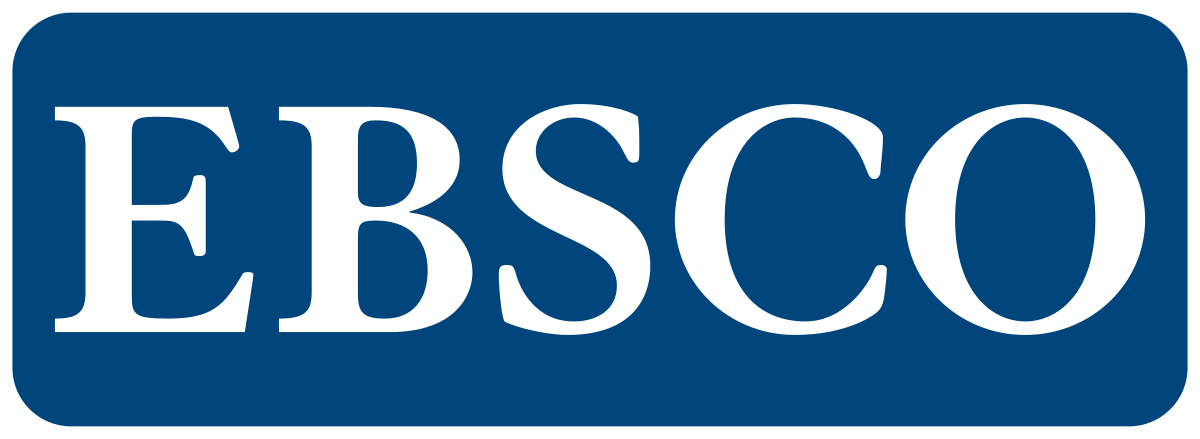Designing Soil Color Sensors to Determine Soil Characteristics Based on Internet of Things (IoT)
DOI:
https://doi.org/10.23960/jtep-l.v14i1.83-91 Abstract View: 305
Abstract View: 305
Abstract
Soil color is the important due to its relation with other soil properties. It is usually analysis with the standard Munsell Soil Color Charts (MSCC). While other properties including organic matter need to be analyzed in the laboratory. The objective of this study is to develop IoT sensor for soil that is able to detect rapidly soil color and other properties including C-organic, pH, and cation exchange capacity (CEC). Soil color data from five soil type was analyzed using the MSCC and used as input data to the IoT (internet of things) sensor. In addition, soil properties obtained from lab tests was also included. The designed IoT sensor was used to detect soil color and soil properties of 7 soil types used as the testing samples. The sensor performance was evaluated by comparing soil properties predicted using IoT and lab analysis. Results showed the use of IoT soil sensor succeeded in determining soil characteristics including pH, CEC, and C-organic based on soil color. In addition, the soil color sensor had high accuracy to predict soil properties with a very small difference compared to the lab analysis, namely 0.01% difference for C-organic, and other properties of <5% difference. The development of IoT soil sensor will be important in the fields of agriculture and land management.
Keywords: Acidity (pH), CEC, C-Organic, IoT, Soil Color.
Downloads
References
Agustine, E., Gunawan, N., Nauval, R., Budianto, M.A., Darmawan, I.A., Fitriani, D., Kirana, K.H., Srigutomo, W., Harja, A., Mohammad, I. H., & Supriyana, E. (2023). Land suitability and plant types based on soil electrical properties and remote sensing. JGSM, 24(2), 89-96. https://doi.org/10.33332/jgsm.geologi.v24i2.723
Anwar, K., Syauqy, D., & Fitriyah, H. (2018). Sistem pendeteksi kandungan nutrisi dalam tanah berdasarkan warna dan kelembapan dengan menggunakan metode Naive Bayes. Jurnal Pengembangan Teknologi Informasi dan Ilmu Komputer, 2(9), 2491–2498.
Ćirić, V., Prekop, N., Šeremešić, S., Vojnov, B., Pejić, B., Radovanović, D., & Marinković, D. (2023). The implication of cation exchange capacity (CEC) assessment for soil quality management and improvement. Agriculture and Forestry, 69(4), 113-133. http://dx.doi.org/10.17707/AgricultForest.69.4.08
Hobley, E.A., & Wilson, B.R. (2016). The depth distribution of organic carbon in the soils of eastern Australia. ECHOSPIRE, 7(1). https://doi.org/10.1002/ecs2.1214
Isir, S., Tamod, Z.E., & Supit, J.M.J. (2022). Identifikasi sifat kimia tanah pada lahan tanaman bawang merah (Allium ascalonicum, L.) di Desa Talikuran Kecamatan Remboken Kabupaten Minahasa. Soil and Environment Journal, 1(2), 6–11.
Johnston, A.E., Poulton, P.R., & Coleman, K. (2009). Soil organic matter: Its importance in sustainable agriculture and carbon dioxide fluxes. Advances in Agronomy, 101, 1-57. https://doi.org/10.1016/S0065-2113(08)00801-8
Jones, J.D. (2020). Iron availability and management considerations: A 4R approach. Crops & Soils, 53(2), 32-37. https://doi.org/10.1002/crso.20019
Kautsar, V., Faizah, K., & Uktoro, A.I. (2024). Soil color comparison using Munsell Soil Color Chart and calibrated smartphone camera. Teknotan, 18(1), 13-20. https://doi.org/10.24198/jt.vol18n1.3
Kumala, S., Supriatna, S., & Damayanti, A. (2023). Model assessment of soil organic matter content by remote sensing in Bayah, Indonesia. AIP Conference Proceedings, 2023(1), 020192. https://doi.org/10.1063/1.5064189
Lamsani, M., & Adriantho, R. (2023). Sistem identifikasi warna tanah Munsell menggunakan sensor warna TCS3200 dan kelembaban YL-69. Sebatik, 27(1), 379–389.
Mahi, A. (2013). Evaluasi dan perancangan penanggulangan lahan. Survei Tanah.
Marqués-Mateu, Á., Moreno-Ramón, H., Balasch, S., & Ibáñez-Asensio, S. (2018). Quantifying the uncertainty of soil colour measurements with Munsell charts using a modified attribute agreement analysis. Catena, 171, 44–53. https://doi.org/10.1016/j.catena.2018.06.027
Mautuka, Z., Maifa, A., & Karbeka, M. (2022). Pemanfaatan Biochar Tongkol Jagung Guna Perbaikan Sifat Kimia Tanah Lahan Kering. Jurnal Ilmiah Wahana Pendidikan, 8(1), 201-208. https://doi.org/10.5281/zenodo.5827375
Minardi, M. (2016). Optimalisasi pengelolaan lahan kering untuk pengembangan pertanian tanaman pangan. Inaugural Lectures.
Needelman, B.A. (2013) What are soils? Nature Education Knowledge, 4(3), 2.
Nodi, S.S., Robinson, N., Wang, L., & Rehman, S. (2023). Determination of Munsell soil colour using smartphones. Sensors, 23(6), 3181. https://doi.org/10.3390/s23063181
Purba, M.P., Pratomo, B., & Sembiring, Y.F. (2018). Karakteristik sifat kimia tanah di bawah tegakan kelapa sawit di PT. PP. London Sumatra Indonesia, Tbk (Sei Merah Estate). Agroprimatech, 2(1), 46-57.
Ritoharjoyo, S. (2013). Penggunaan dan Tata Guna Lahan. Penerbit Ombak, Yogyakarta: 150 pp.
Sánchez-Marañón, M., Huertas, R., & Melgosa, M. (2005). Colour variation in standard soil-colour charts. Australian Journal of Soil Research, 43, 827–837. http://dx.doi.org/10.1071/SR04169
Saria, A.G., Sibuga, K P., Semu, E., & Jensen, H. (2018). Soil fertility dynamics of Ultisol as influenced by greengram and mucuna green manures. Journal of Plant Sciences and Agricultural Research.
Siswanda, S., Helmi, H., & Faisal, M. (2023). Arahan konservasi tanah terhadap kerusakan lingkungan akibat laju erosi pada Sub DAS Krueng Seulimeum. Rona Teknik Pertanian, 16(1), 1-16.
Zuhaida, A., & Kurniawan, W. (2018). Deskripsi saintifik pengaruh tanah pada pertumbuhan tanaman: Studi terhadap QS. Al A’raf ayat 58. Thabiea : Journal of Natural Science Teaching, 01(02), 61-69.
Downloads
Published
How to Cite
Issue
Section
License
Authors who publish with this journal agree to the following terms:
Authors retain copyright and grant the journal right of first publication with the work simultaneously licensed under a Creative Commons Attribution-ShareAlike 4.0 International Lice that allows others to share the work with an acknowledgement of the work's authorship and initial publication in this journal.
Authors are able to enter into separate, additional contractual arrangements for the non-exclusive distribution of the journal's published version of the work (e.g., post it to an institutional repository or publish it in a book), with an acknowledgement of its initial publication in this journal.
Authors are permitted and encouraged to post their work online (e.g., in institutional repositories or on their website) prior to and during the submission process, as it can lead to productive exchanges, as well as earlier and greater citation of published work (See The Effect of Open Access).
Jurnal Teknik Pertanian Lampung

JTEPL is licensed under a Creative Commons Attribution-ShareAlike 4.0 International License.













